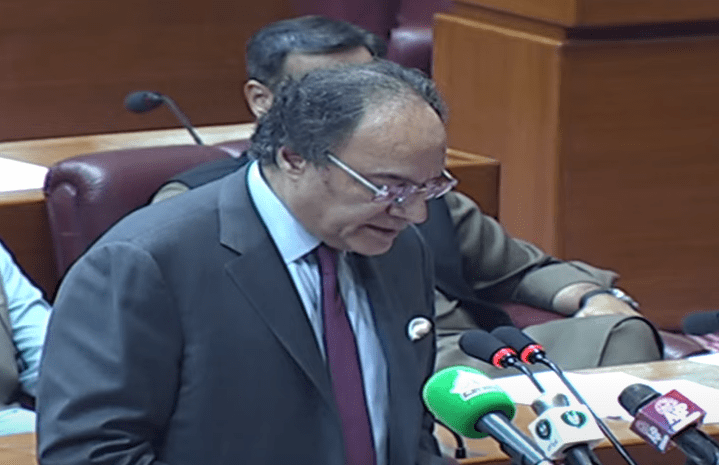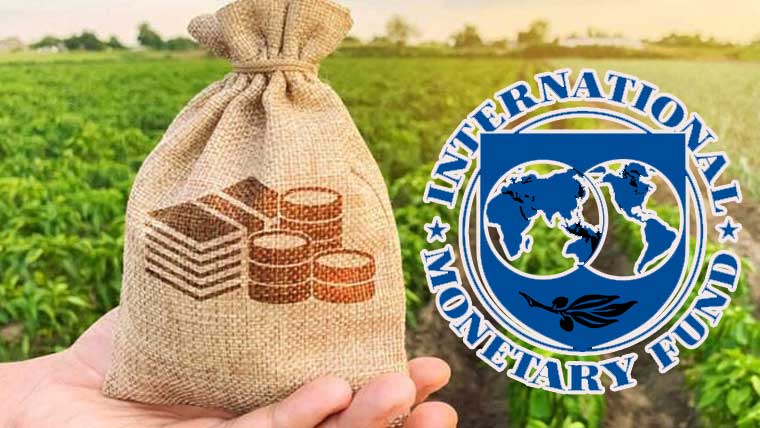PTBP Web Desk
Pakistan’s Real Effective Exchange Rate (REER) continued its upward trajectory in October 2025, reaching 103.95 compared to the revised level of 101.70 recorded in September 2025. The latest data released by the State Bank of Pakistan (SBP) on Monday highlights a notable rise in the REER index, which measures the value of Pakistan’s currency against a basket of major trading partners’ currencies, adjusted for inflation.
The REER is a critical indicator in assessing a country’s trade competitiveness. A reading above 100 typically signals that the currency is overvalued, making exports more expensive in global markets while making imports relatively cheaper. Conversely, a REER below 100 suggests enhanced export competitiveness.
According to the SBP, the REER increased 2.21% month-on-month (MoM) in October 2025. This surge reflects changes in global currency movements, domestic inflation dynamics, and Pakistan’s trade composition. When compared with September 2024, the REER index showed an annual increase of 3.14%, rising from 100.78 to 103.95 — a shift that indicates sustained pressure on Pakistan’s external competitiveness.
Market analysts have noted that Pakistan’s current REER level is higher than the 10-year average of 103.3, a point emphasized by brokerage house Topline Securities. This suggests that the rupee’s real value is not only elevated on a short-term basis but also trending above historical norms.
While the REER value crossing 100 often sparks public debate, the SBP issued an explanatory note to address common misunderstandings. According to the central bank, the REER index value of 100 is not an equilibrium benchmark. Instead, it reflects the average value calculated for the year 2010.
The SBP explained that “movement of the REER away from 100 simply reflects changes relative to its average value in 2010 and is unrelated to its equilibrium value.” In other words, REER fluctuations do not necessarily indicate whether the currency is fundamentally overvalued or undervalued in economic terms.
The bank further clarified that the REER is an index comparing the price of a standard basket of goods in Pakistan with prices of similar goods among major trading partners. These prices are converted into a common currency through nominal exchange rates.
Each trading partner’s weight in the REER calculation depends on its share in Pakistan’s trade — whether imports, exports, or total foreign trade volume. This trade-weighted method provides a more accurate view of how global price trends and exchange rate movements affect Pakistan’s competitiveness.
Alongside the REER data, the SBP also released its findings on the Nominal Effective Exchange Rate (NEER). The NEER represents the value of the rupee against a basket of foreign currencies without adjusting for inflation.
According to the central bank, the NEER rose 0.61% MoM in October 2025, reaching a provisional value of 38.00, compared to 37.77 in September 2025. This slight increase suggests that the rupee strengthened nominally against a range of global currencies during the month.
On a year-on-year basis, however, the NEER declined by 0.07%, falling from 38.27 in October 2024 to 38.00 in October 2025. This indicates relative stability in the rupee’s nominal performance over the past year, although minor depreciation occurred.
The contrast between NEER and REER movements is important. While NEER portrays the rupee’s nominal strength, REER adjusts for inflation, offering a deeper understanding of Pakistan’s real trade competitiveness. The rising REER suggests that domestic inflation or faster price increases relative to trading partners may be eroding competitiveness even when nominal exchange rates remain stable.
A consistently rising REER carries significant implications for Pakistan’s economy. Export-oriented sectors—such as textiles, leather, rice, surgical instruments, and sports goods—may find it harder to compete in international markets if the rupee becomes overvalued relative to global currencies.
Lower export competitiveness can widen the trade deficit and increase reliance on imported goods, which appear cheaper at a higher REER. This dynamic poses challenges for Pakistan at a time when stabilizing external accounts remains a key policy priority.
Economists note that maintaining a sustainable REER level is crucial for long-term export growth. Persistent increases may require policy corrections through exchange rate management, inflation control, diversification of export markets, and improvements in productivity.




